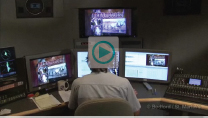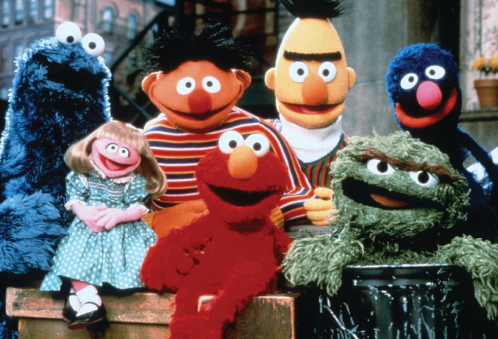Public Television
Printed Page 237
VideoCentral bedfordstmartins.com/ mediaessentials

What Makes Public Television Public?
TV executives and critics explain how public television is different from broadcast and cable networks.
Discussion:In a commercial media system that includes hundreds of commercial channels, what do you see as the role of public systems like PBS and NPR?
In the 1960s public TV was created by Congress to serve viewers whose interests were largely ignored by ad-driven commercial television. Much of this noncommercial TV was targeted to children, older Americans, and the well educated. Under President Lyndon Johnson, Congress passed the Public Broadcasting Act of 1967, which established the Corporation for Public Broadcasting (CPB) and Public Broadcasting Service (PBS). The act led to the creation of children’s series like Mister Rogers’ Neighborhood, Sesame Street, and Barney. Public TV also broadcast more adult fare such as Masterpiece Theater and other imported British programs.

In the early 2000s, the future of PBS and public television remained cloudy, despite the continued success of some staples such as Sesame Street. Government funding of public television was slashed during the Bush administration, although the Obama administration restored some of it. However, with the rise of cable and satellite, people who have long watched PBS now get their favorite kinds of content from sources other than network and public TV. For example, the BBC—historically a major provider of British programs to PBS—also sells its shows to cable channels. The expensive nature series Planet Earth, once a natural fit for PBS, started appearing on the Discovery Channel, which could better afford to carry it. In addition, the cable channel Nickelodeon, popular among children and teens for its reruns of older network family-oriented comedies, has been carrying more educational programming for children.